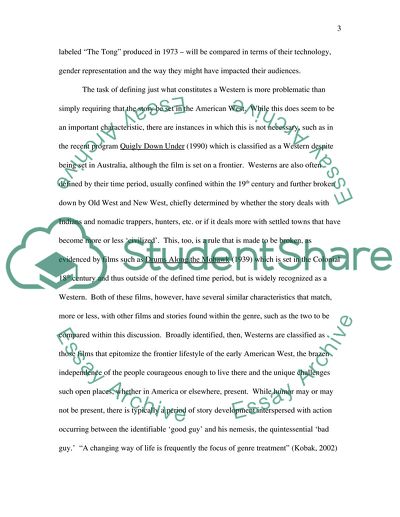Cite this document
(“Post-Classical Historiographics and Consolidated Entertainment Essay”, n.d.)
Post-Classical Historiographics and Consolidated Entertainment Essay. Retrieved from https://studentshare.org/visual-arts-film-studies/1541448-screen-history-and-research-long-essay
Post-Classical Historiographics and Consolidated Entertainment Essay. Retrieved from https://studentshare.org/visual-arts-film-studies/1541448-screen-history-and-research-long-essay
(Post-Classical Historiographics and Consolidated Entertainment Essay)
Post-Classical Historiographics and Consolidated Entertainment Essay. https://studentshare.org/visual-arts-film-studies/1541448-screen-history-and-research-long-essay.
Post-Classical Historiographics and Consolidated Entertainment Essay. https://studentshare.org/visual-arts-film-studies/1541448-screen-history-and-research-long-essay.
“Post-Classical Historiographics and Consolidated Entertainment Essay”, n.d. https://studentshare.org/visual-arts-film-studies/1541448-screen-history-and-research-long-essay.


